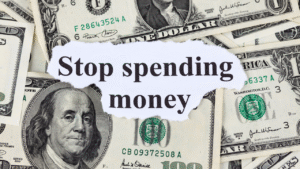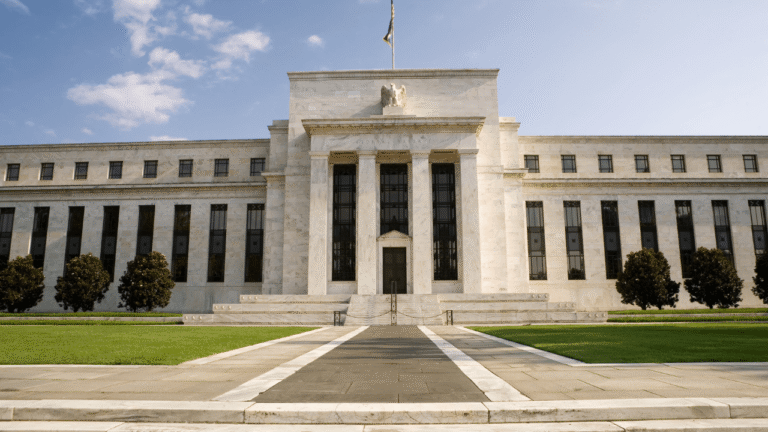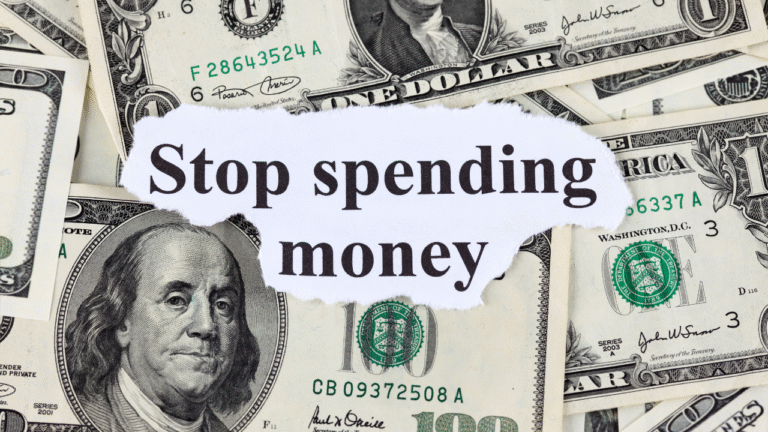Emergency Savings Impact on Paychecks
💸 In recent years, Emergency Savings programs have been gaining traction in the workplace. Employers are increasingly offering payroll-linked savings accounts designed to help workers set aside funds for unexpected expenses.
But here’s the twist: while the intention sounds good, these accounts can actually have a negative impact on paychecks—and that’s what we’ll explore in this deep dive.
Table of Contents
What Are Employer-Sponsored Emergency Savings Accounts?
Employer-sponsored emergency savings accounts (ESAs) are payroll-deducted savings tools. Instead of expecting employees to save on their own, companies automatically divert a portion of each paycheck into a savings account.
- Goal: Build financial resilience for workers
- Method: Small deductions each pay period
- Appeal: Stress-free and automated savings
👉 Sounds like a win-win, right? But the reality isn’t so simple.
The Hidden Downsides of Emergency Savings 💡
While ESAs promise financial safety, they can also reduce employees’ immediate take-home pay. Here’s how:
- Lower Paycheck Visibility
Many workers live paycheck-to-paycheck. Even a $50 deduction per period feels like a loss. - Reduced Spending Power
Less disposable income → more reliance on credit cards and high-interest loans. - Overlapping with Retirement Savings
Employees already contributing to 401(k)s may feel squeezed further. - Limited Access Rules
Some ESA programs restrict withdrawals, which can cause frustration during emergencies.
Data Speaks 📊
According to a Pew Research Center report, over 60% of Americans struggle to cover a $400 emergency expense. While payroll savings accounts are meant to help, critics argue they don’t solve the underlying income gap.
The Emotional Impact on Employees
Money isn’t just math—it’s emotion. Employees report:
- Anxiety when paychecks are smaller 💔
- Guilt for not being able to opt-out
- Frustration when bills pile up
This psychological stress can overshadow the “safety net” benefits.
Why Employers Are Pushing Emergency Savings
From the employer’s perspective:
- Retention Tool → Offering ESAs makes benefits packages more attractive.
- Productivity Boost → Financially secure employees are less distracted.
- Cost Control → Less reliance on payday loans and wage advances.
But here’s the issue: employees often prioritize today’s bills over tomorrow’s emergencies.
Real-Life Case: Sarah in Phoenix 🌵
Sarah, a Walmart cashier earning $15/hour, enrolled in an employer ESA program.
- $30 deducted from each weekly paycheck
- Over a month, that’s $120 less in her pocket
- While she saved $1,440 in a year, she racked up $500 in credit card debt to cover groceries
This shows how forced savings can backfire if not paired with financial literacy.
Balancing Savings With Daily Needs
The key is balance. Employees should:
- Start with $10–$15 deductions, not $50+
- Track expenses carefully
- Combine ESAs with budgeting apps like Mint or YNAB
- Use seasonal budgeting tricks (e.g., cut dining out in summer to save more)
👉 For budget-friendly lifestyle hacks, check out Cheapest Fashion Picks.
Emergency Savings vs. Retirement Accounts
A big debate: should employees focus on emergency savings or retirement?
- Short-Term Need: ESA for unexpected bills
- Long-Term Wealth: 401(k), Roth IRA, investments
Experts suggest building a $1,000 mini-fund first, then shifting focus back to retirement.
Tax & Policy Implications 🏛️
Some ESA models operate post-tax, meaning employees already paying high taxes feel double-squeezed.
Policy experts argue:
- Employers should offer matching contributions
- States could provide tax credits for participants
- Regulations should ensure easy access to funds
Benefits That Work Better Than Forced ESAs
Instead of shrinking paychecks, employers might consider:
- Financial Literacy Programs
- Student Loan Repayment Assistance
- Flexible Pay (On-Demand Paychecks)
- Lower Health Insurance Premiums
These options often boost financial health without reducing weekly pay too sharply.
The Bottom Line: Are ESAs Worth It? ⚖️
While employer-sponsored emergency savings can help in theory, the negative impact on paychecks cannot be ignored. For workers already stretched thin, even small deductions can trigger debt cycles.
However, with proper design—like opt-in programs, matching contributions, and financial education—ESAs can be re-framed into a powerful tool.
FAQs on Emergency Savings
Q1. How much should I keep in emergency savings?
Most financial experts in the U.S. recommend 3–6 months of living expenses in emergency savings. For many households, that’s between $5,000–$15,000, depending on rent, food, and other costs. Starting with even $500–$1,000 can make a huge difference in avoiding debt.
Q2. Do emergency savings accounts affect my paycheck?
Yes. If your employer automatically deducts contributions, your take-home pay decreases. While this builds financial security, it can reduce your immediate cash flow, sometimes leading workers to rely on credit cards.
Q3. What is the difference between an emergency savings account and a 401(k)?
A 401(k) is for retirement, locked away until age 59½ (with penalties for early withdrawal). An emergency savings account is liquid, meant for unexpected expenses like medical bills or car repairs. Both are important, but they serve different goals.
Q4. Why do some employers reduce take-home pay with new benefit programs?
Many companies automatically set aside part of employee earnings to fund savings or wellness initiatives. While designed to improve financial security, these deductions can feel like smaller paychecks and may strain workers who already live paycheck to paycheck.
Q5. How can I balance saving money with covering everyday expenses?
A practical approach is to start with very small contributions-just $10–$20 per week-while tracking your spending. Over time, you can gradually increase the amount without putting stress on your monthly budget.
Conclusion 🚀
Employer-sponsored Emergency Savings accounts are meant to help, but for many, they lead to smaller paychecks and new financial stress. Workers must weigh whether the safety net outweighs the reduced spending power.
The future of ESAs depends on policy changes, employer matches, and financial education. Until then, employees should tread carefully, save strategically, and balance both short- and long-term needs.












Who knew saving for the future could feel like a modern-day torture device? 🤣 Forcing payroll deductions sounds great on paper, but lets be real, its just another number crunched out of our already tight pockets. Call me old-fashioned, but Id rather have the cash to, you know, *live* for today and maybe avoid that extra trip to the vending machine later. If my paycheck magically vanishes, guess what? I dont have the cash for snacks! 😂 Maybe employers should focus on making paychecks less tiny first, then worry about safety nets. Until then, hand me the emergency M&Ms, please!